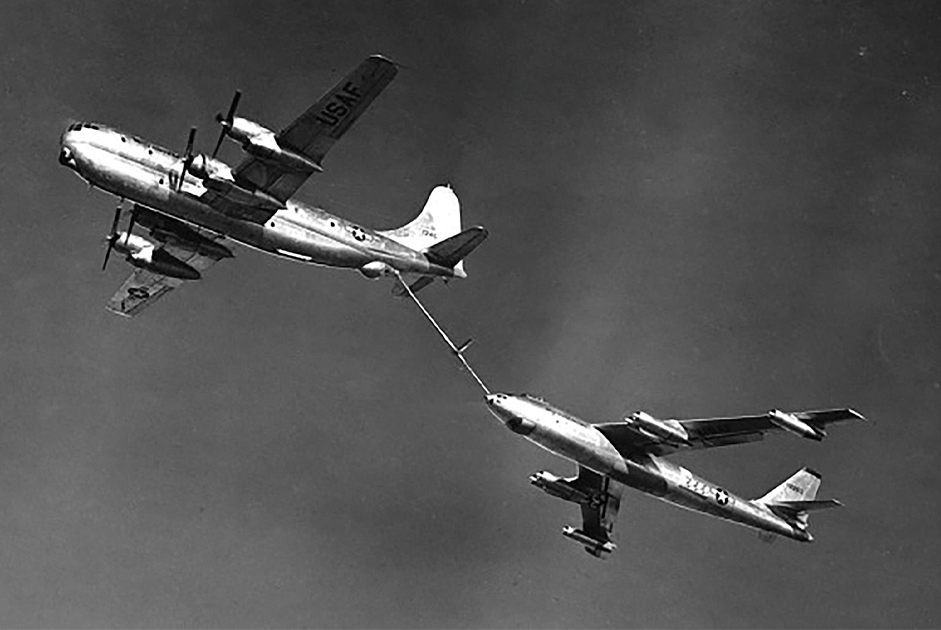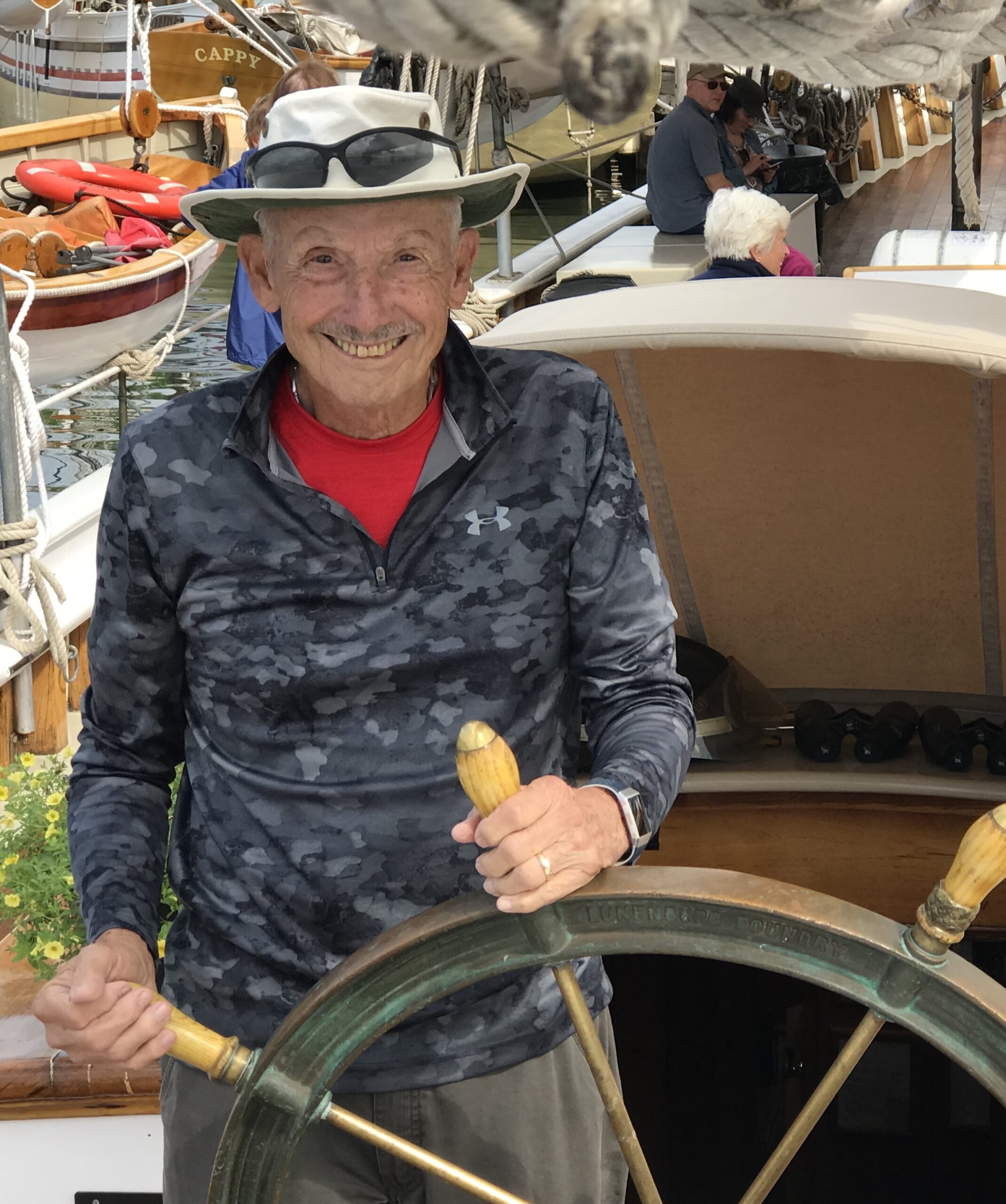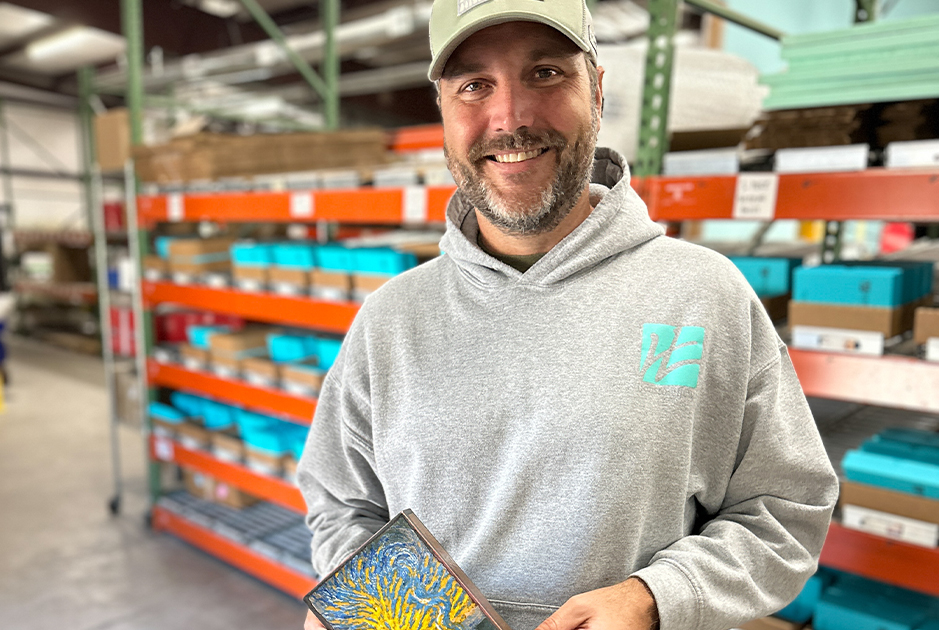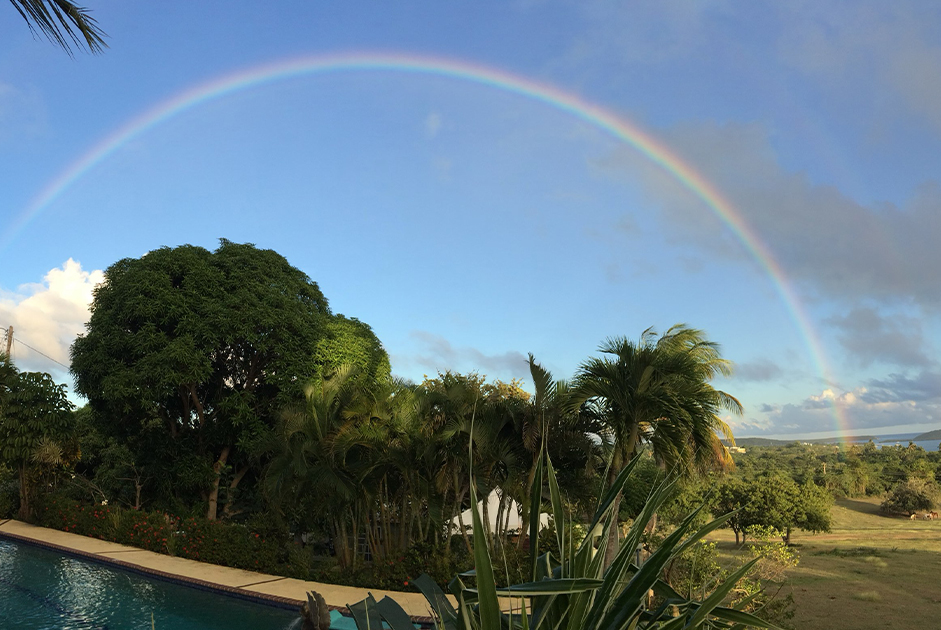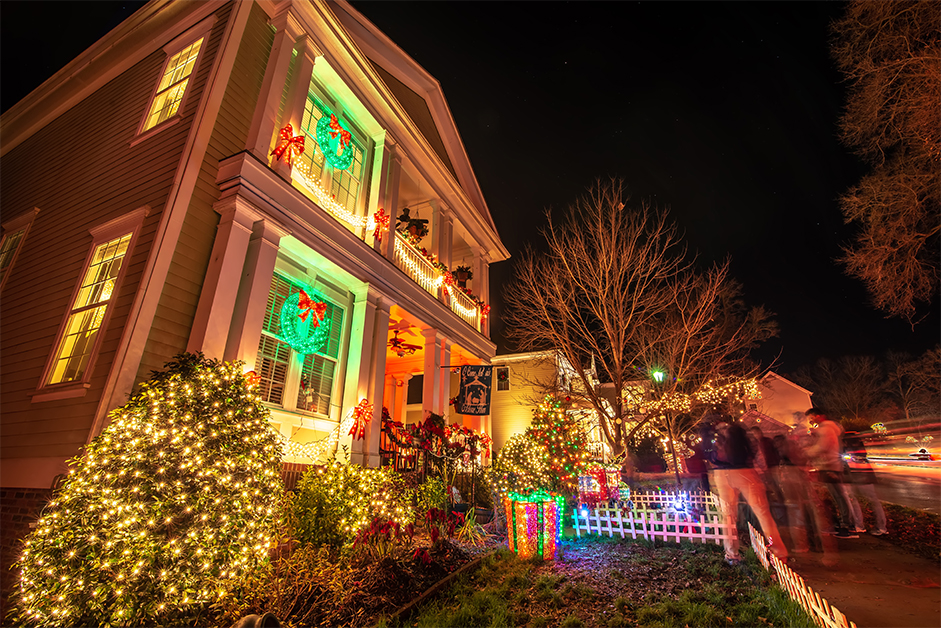Can you remember what happened in 1952? I’m sure that some of y’all were not even born. For me, it happened when someone said, “Thank you for your service.”
My mind went back in time. The Korean War was in full swing. The draft was very active and getting close to me. I graduated from high school early and was working as a file clerk. This was a necessity because my mother needed money to keep the house.
I loved airplanes and I had models everywhere. I even majored in Aeronautical Maintenance in high school. And I wanted to defend our country. When I turned 18, I told my mother I was going to join the United States Air Force, and I would set up an allotment so she would receive money each month.
After seeing the recruitment officer, he had me report to a bus that took me to Sampson Air Force base in upstate New York where I was sworn in on April 26, 1952. Since I was only a high school graduate, I knew I didn’t have enough education to be a pilot, but I still wanted to fly.
I met Bob S. who became my best friend, and we went through basic training together. When we graduated, we were both sent to continue training at Lowry Air Force base in Denver, Colorado. Here we learned all about electric motors and general mechanics. Many hours were spent on the mechanics of gunnery systems. After nine months we were assigned to various functions where our schooling would continue. I was assigned to gunnery on B-29s located at Topeka Air Force Base in Topeka, Kansas. Our education continued going into the mechanics of the 50 caliber machine guns and the systems of the B-29. This was very thorough with most of the instruction’s hands-on. This also included all kinds of shooting. For instance, air-to-air shooting at drones towed by aircraft, shooting at attacking fighters with a camera, shooting skeet on the ground, and even shooting the 45-caliber pistol which would be issued when flying over enemy territory.
I remember the instructors saying that the jet fighters were being used more often and they were flying faster than our electric sighting system. So, we all had to learn what they call “Kentucky windage”. This is where you had to find your target and aim in front of it so when you pulled the trigger the bullet and the target would arrive together at the same place at the same time.
Meanwhile, the bombardiers got their practice dropping bombs on practice targets. We flew flights over an area set aside for practice bombs to be dropped. They brought us by truck to an area in the Sierra Mountains and each of us was given a knife, a parachute, and a slice of beef. We were told we had nine days to get to a safe location. Survive and make your way without getting caught by the aggressors. The woods were full of them, and they were looking for us. We also had certain things that had to be done along the way, such as building a tent out of the parachute, making jerky, and clearing an area for a helicopter pickup. We all found it helpful to make a sleeping bag out of the nylon parachute. This was needed on those cold nights.
We killed one porcupine along the way. We boiled him for five hours and we ate him. Not too much when you divide it by ten men. I think I lost ten pounds on the trek. But when we made it to safety, they fed us the best steak dinner I ever had. Maybe I was just hungry.
We were what they called “Combat Ready” and looking for our next assignment. We were very well trained. At this point I say, “Thank God”. The war ended, I was never shot at, I was reassigned to Lincoln Air Force base as a Loadmaster and Boom Operator on KC-97s refueling B-47s at 30,000 feet. The training continued.
It is important to remember that the Korean War started on June 25, 1950, when North Korea advanced into South Korea and ended five years later on July 27, 1953. This is the 70th anniversary.
I thank the Air Force for the training they gave me and preparing me to become a man.
